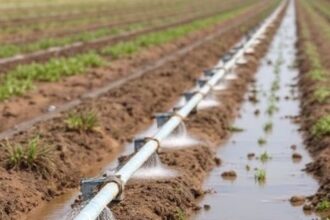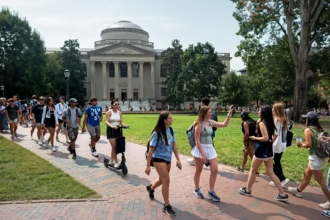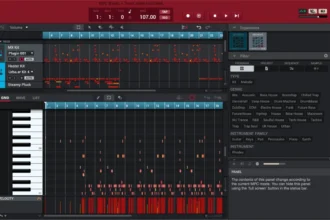Even though we’re currently flooded with endless notifications and information, occasionally, something breaks through – a virtual surprise. These unexpected digital moments can change how we feel about brands, strengthen connections, and stick in our memory.
Whether it’s a thoughtful app notification or something bigger, some of these surprises can make our day or even a whole year.
Why Surprises Hit Us So Hard
Our reaction to surprise is hardwired into our biology. When surprised, our body responds at the same moment – pupils widen, the heart races, and chemicals like dopamine flood our system.
These reactions aren’t just physical responses – they make us pay attention and remember what surprised us. A 2018 Nature Communications study found surprise boosts memory retention by 25%.
That’s why more companies are adding unexpected elements to digital experiences – they know we’ll remember them.
Digital Mystery Boxes: Surprise in Action
Digital mystery boxes perfectly demonstrate this mechanism. But they have a very simple deal – you pay a fixed price for an unknown reward.
This uncertainty triggers our brain’s reward system. Research shows unpredictable rewards release more dopamine than predictable ones. In plain terms: not knowing what you’ll get is more exciting than knowing.
Sites such as Jemlit have built entire businesses around this concept. Their online mystery boxes turn a regular purchase into an experience.
You might get something valuable or just interesting, but that moment when you discover what’s inside creates an emotional high that regular shopping can’t match.
How Surprises Change Our Perception
Surprises are there to excite us, but not only that – they change how we see things. Neuroscientists call this a “prediction error.” When our expectations are pleasantly violated, our brain updates its understanding.
Take a practical example: when an app unexpectedly gives you a discount after your tenth purchase. That small gesture can completely change how you feel about the company, even if the discount itself isn’t huge.
Recent research from Deloitte found these kinds of personalized surprises increase engagement by over 60%.
We’re Wired to Remember What Stands Out
Our brains prioritize storing unusual experiences. Pleasant surprises leave positive emotional traces that affect future interactions. That’s why one well-timed surprise can build more loyalty than consistent, expected good service.
The science is pretty easy – surprise triggers dopamine spikes that help place experiences in long-term memory. These memories become reference points for how we judge future interactions with a brand.
The main reason this is important is because most digital experiences today feel cold and transactional. So, adding even small surprises can change a fully functional relationship into an emotional one.
Small Touches That Work
You don’t need to build big things to make effective surprises. Usually, the simplest gestures have the biggest impact – a personalized message when you least expect it, an achievement badge, or an extra item in your digital order.
Real-world results back this up – a gaming platform found that surprising users with free in-game items increased daily logins by 28%. A subscription service saw social shares jump 35% when they included unexpected items in their boxes.
These tactics work because they pull humans into an increasingly automated world. They don’t need to be expensive or complex – they just need to be genuine and unexpected.
Timing and Context Are Very Important
What makes a surprise effective isn’t just what it is, but when and how it happens. Research from consumer psychology shows that surprises have the strongest impact when they occur after a user has already had a positive experience with your platform.
The surprise then amplifies existing goodwill rather than trying to create it from scratch.
Context awareness is equally important – a surprise that recognizes a user’s specific behavior or milestone feels intentional rather than random. For example, Netflix’s “congratulations on your 100th movie” messages feel more meaningful than generic rewards because they acknowledge the user’s specific history with the platform.
Measuring Surprise Effectiveness
Companies implementing surprise strategies need concrete ways to measure their impact. Beyond standard engagement metrics, the emotional response can be tracked through sentiment analysis of user reviews and comments, changes in brand perception surveys, and increases in organic sharing behavior.
Some platforms have even begun using facial recognition (with permission) to gauge users’ emotional reactions to surprise elements.
Breaking the Virtual Monotony
Most of our online experiences are predictable and algorithmic – but humans are after emerging trends. Our brains are constantly searching for new, interesting stimuli.
This is especially true online, where we’re bombarded with the same ads and interfaces. Virtual surprises cut through this monotony. They capture attention because they’re different.
The Verdict
People forget features and interfaces, but they remember feelings. Effective surprise can turn everything into a good memory. And emotional connections push real business outcomes – loyalty, engagement, and a good word.
In current virtual conditions, where most things feel programmed and predictable, virtual surprises remind us there’s still room for joy and genuine human connection.















![Ztec100.com: Your Definitive Manual for Tech[2024]](https://reelsmedia.co.uk/wp-content/uploads/2024/09/ztec100.org_-330x220.png)

